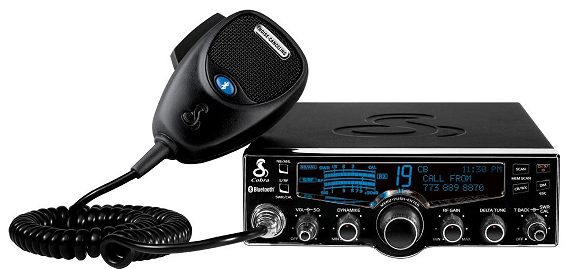The below are clear language interpretation of certain parts of the Federal Motor Carrier Safety Regulation (FMCSR).
What is CSA?
The purpose behind why the FMCSA created the Federal Motor Carrier Safety Regulations is to improve safety related to large commercial vehicles and buses on the country’s highways. To accomplish this, the FMCSR has enacted laws to prevent crashes, injuries, and fatalities. In this 2006 study, the FMCSA found that unsafe driver behavior from both drivers of commercial and passenger vehicles was the leading cause of crashes. The study was also able to pinpoint the small segment of commercial drivers that are responsible for the majority of the commercial motor vehicle (CMV) crashes.
A large portion of the FMCSR has been translated and incorporated into the CSA or Compliance, Safety, Accountability system. It was introduced in 2010. CSA is a system to monitor, evaluate, and intervene carriers with high safety risk. Out of the 3.5 million inspections that are carried out by CVSA officers each year, the data from these inspections along with accident reports are organized to pinpoint carriers that pose the greatest risk to safety.
The CSA regime emphasizes safety ratings based on carrier performance and does not rate or determine the safety fitness of individual drivers. There are some ratings which can be allocated to a carrier those of which include:
- Satisfactory
- Satisfactory – Unaudited
- Conditional
- Unsatisfactory
The three primary parts of the CSA operational model is measurement, BASICs, and the safety fitness determination.
Measurement
The measurement component is where all the carrier’s safety-related data is collected which includes violations, reported crashes, and Federal motor carrier census.
BASICs
There are six behaviors used to determine which carriers are in need of an intervention. These BASIC behaviors include instances of unsafe driving, hours of service compliance, driver fitness, controlled substances/alcohol violations, vehicle maintenance, cargo-related, crash indicator. The unsafe driving BASIC is related to the operation of a commercial vehicle dangerously or carelessly. The BASIC brings FMCSR Part 392 and FMCSR Part 397 into its practical use. Violations for this BASIC can include speeding, reckless driving, inattention, and incorrect lane changes. The crash indicator is a measurement of the frequency and severity of crashes. These six BASICs are then further divided into three groups as demonstrated in the diagram below.
Carrier/Driver Safety Measurement System
There are two safety measurement systems governed by the FMCSR. They are the Carrier Safety Measurement System (CSMS) and Driver Safety Measurement System (DSMS).
Every time a driver commits a violation or is involved in a crash, a penalty score is assigned to the relevant BASIC in the CSMS. When a BASIC score reaches a certain point, an intervention is triggered. All the scores accumulated by a driver while working for a carrier are attributed to that carrier.
Carriers are not the only ones that are assigned penalty score for violations and crashes. In fact, drivers have their safety measurement system that affects their driving record. Each time a violation or crash occurs, it is assigned to the relevant DSMS BASIC but only if the offence was within the driver’s control. The DSMS contains the most recent 36 months of roadside data across all employers.
Driver’s are not assigned safety ratings, and their license cannot be revoked under the DSMS. Personal vehicle or citations that fall under State regulations are not part of the DSMS. The DSMS only collects data as it relates to the use of commercial motor vehicles.
Time and Severity (Weighting)
Calculating BASIC and crash indicator scores is not as straightforward as tallying up the sum of the violations in each BASIC. In fact, other things are considered in the calculation which includes weighing and safety event groups.
Weighting may add additional points to a BASIC violation and is based on time and severity. For example, the recent refusal carries a more substantial penalty weight than one that occurred 12 months ago. On the other hand, the seriousness of the violation is taken into account. If a violation puts a driver out-of-service, then extra weight is added in the form of penalty scores.
You can find a list of all the violations and the points they carry according to the FMCSR here.
Pre-Employment Screening Program (PSP)
The PSP is a pre-employment screening tool that allows carriers and individual drivers to purchase driving records from the FMCSA’s MCMIS. The information is provided through data collected and stored in the SMS. All recruiters should be enrolling and utilizing the PSP program.



